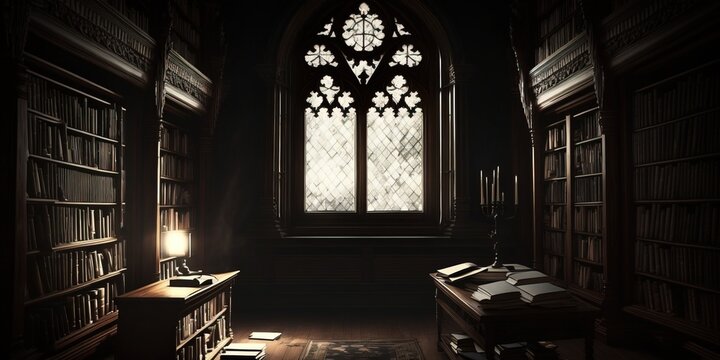
FAQ About Gothic Literature
Gothic Literature
2 years ago | gizem
How does Gothic Literature influence modern horror fiction?
Gothic Literature has had a profound and lasting influence on modern horror fiction, shaping the genre in numerous ways. Many of the themes, motifs, and narrative techniques established in Gothic literature continue to be integral to contemporary horror. Here's how Gothic Literature influences modern horror fiction:
- Atmosphere and Mood: Gothic literature excels in creating atmospheric and moody settings that evoke fear and unease. Modern horror fiction frequently employs similar techniques to establish a foreboding atmosphere, often using eerie, dark, or isolated locations to generate tension.
- Exploration of the Uncanny: The concept of the uncanny, where the familiar becomes unsettling or strange, is central to both Gothic and modern horror. Gothic literature's fascination with the uncanny continues to inspire contemporary writers to explore the boundary between the natural and the supernatural.
- Psychological Horror: Gothic literature was among the first to delve into psychological horror, with characters facing inner demons, madness, and moral dilemmas. This psychological dimension is a cornerstone of modern horror, with protagonists often confronting their own fears, guilt, or the darker aspects of their psyche.
- Haunted Houses and Places: The motif of the haunted house, castle, or other locations imbued with supernatural phenomena remains a staple of modern horror fiction. These settings create a sense of confinement and isolation that heightens fear.
- Ghosts and Supernatural Entities: Gothic literature introduced readers to ghosts, spirits, and other supernatural beings that continue to populate modern horror stories. These entities often represent unresolved pasts, vengeful spirits, or forces beyond human comprehension.
- Duality and Doppelgängers: The theme of duality, embodied in doppelgängers or alter egos, has been embraced by modern horror fiction. It explores the idea that characters have a dark or hidden side, and this inner conflict adds depth and complexity to the narrative.
- Monsters and Creatures: Gothic literature introduced iconic monsters like Frankenstein's Creature and Dracula. These characters have become archetypes in modern horror, inspiring countless variations and reinterpretations.
- Forbidden Knowledge and Hubris: The theme of pursuing forbidden knowledge and the hubris of playing god, as seen in "Frankenstein," remains a central theme in modern horror, where scientists and characters often face dire consequences for their pursuit of power or understanding.
- Moral and Ethical Conundrums: Both Gothic and modern horror frequently explore moral and ethical dilemmas. Characters must make difficult choices, and their actions have consequences that drive the plot.
- Women in Horror: Gothic literature often featured strong female characters, and modern horror has continued this tradition by showcasing complex and empowered female protagonists who confront supernatural and psychological threats.
- Isolation and Vulnerability: The theme of isolation and vulnerability, often associated with Gothic literature, persists in modern horror. Characters are frequently cut off from help or escape routes, intensifying their peril.
- Symbolism and Allegory: Gothic literature's use of symbolism and allegory to convey deeper meanings and social commentary is mirrored in modern horror, which often incorporates these elements to explore contemporary fears and societal issues.
